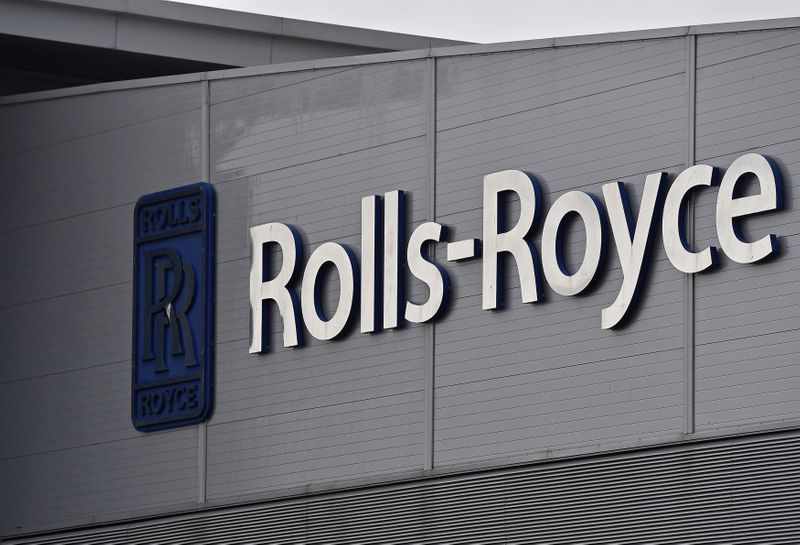This post was originally published on this site
https://i-invdn-com.akamaized.net/trkd-images/LYNXMPEG2U1JN_L.jpg
Rolls last updated the market at the end of February, when it forecast 2020 free cash flow of 1 billion pounds ($1.2 billion), excluding any material impact from COVID-19.
The company is paid by airlines based on how many hours its engines fly, and since its update air travel has slumped.
Jefferies analyst Sandy Morris said he could see free cash flow drop into negative territory this year, even with the firm’s 400 million pound cost cuts, based on flying hours which could be down about two-thirds for four months of 2020.
But he said the company could withstand that. “Given that Rolls-Royce started the year with 1.36 billion pounds of cash it’s not as hamstrung as I think some people portray,” said Morris, who rates the company a “buy”.
Vertical Research Partners analyst Robert Stallard, who rates Rolls “sell”, said airlines would likely retire many older aircraft earlier than expected, hitting revenue Rolls earns from spare parts and servicing in its aftermarket business.
“While this downcycle is set to hurt all aerospace suppliers, Rolls looks particularly vulnerable in our view. This is a company that was not in the best of financing shape before this downcycle hit,” he said.
A Rolls-Royce spokesman said the company had a robust financial position with 7 billion pounds of liquidity at the end of 2019, including a 2.5 billion pound credit facility.
“We are closely monitoring the situation and taking prudent measures to conserve cash, such as reducing or deferring discretionary spend. Our good starting position and the measures we have taken, and will continue to take, give us confidence in the ongoing financial resilience of our business,” he said.
General Electric Co’s (N:GE) aviation unit, a rival to Rolls in making engines for Boeing (NYSE:BA) and Airbus aircraft, said last week it would cut its U.S. workforce by about 10%.
Rolls declined to comment on whether it would be furloughing staff under a British government job retention scheme.
According to analysis by travel data firm Cirium, flying hours on Rolls-Royce powered flights reduced from 20,421 hours on Jan. 3 to 4,664 on March 29.
Rolls started this year having got to grips with a long-running engine problem and having made progress with a multi-year turnaround plan which had seen it cut costs, and focus on raising free cash flow to 873 million pounds for 2019 from a nadir of 100 million pounds for 2016.
It relies on aerospace for just over half of its 15 billion pounds of annual revenues, deriving the rest from its defense and power systems businesses.
The company suspended production in its British aero-engine factories for a week last week, and the facilities are likely to return with reduced activity.
Shares in the company have dropped 45% in the last month, hitting their lowest level for more than 10 years.
As for the timing of any market update, Morris said Rolls’ contracts with airlines meant the reduction in flying hours may not have come through yet, but it would. “At some point there will be a reckoning,” he said.
($1 = 0.8070 pounds)

